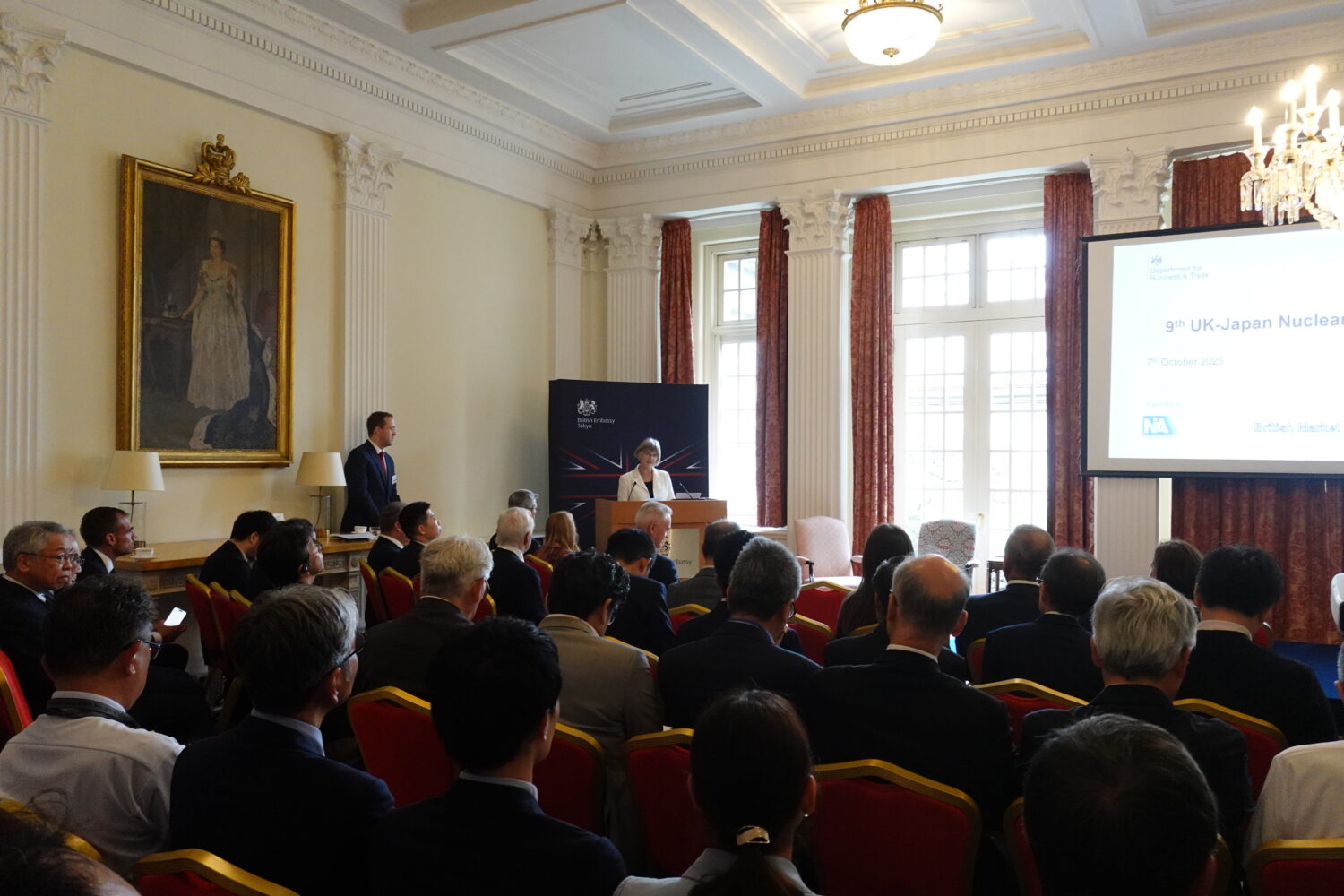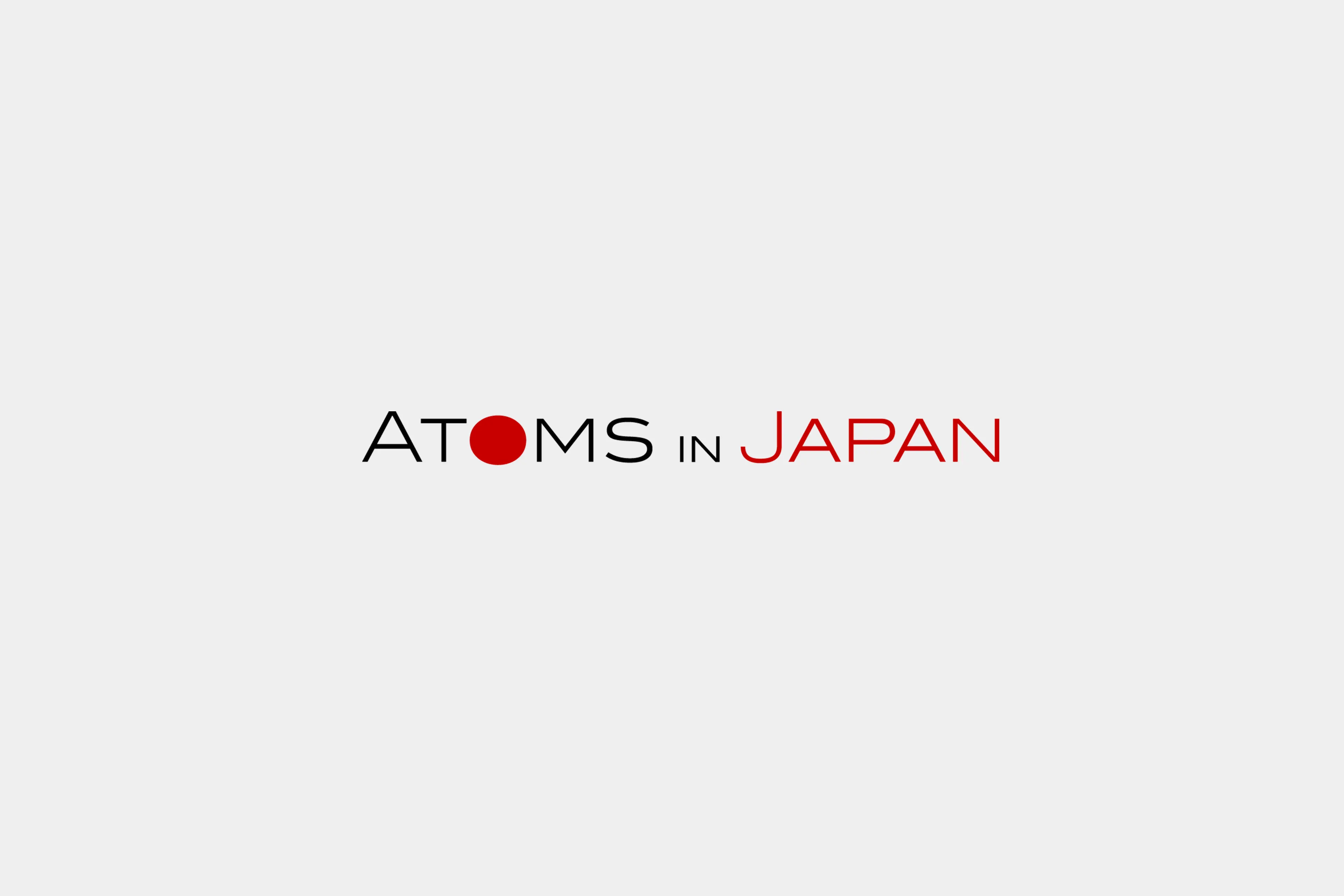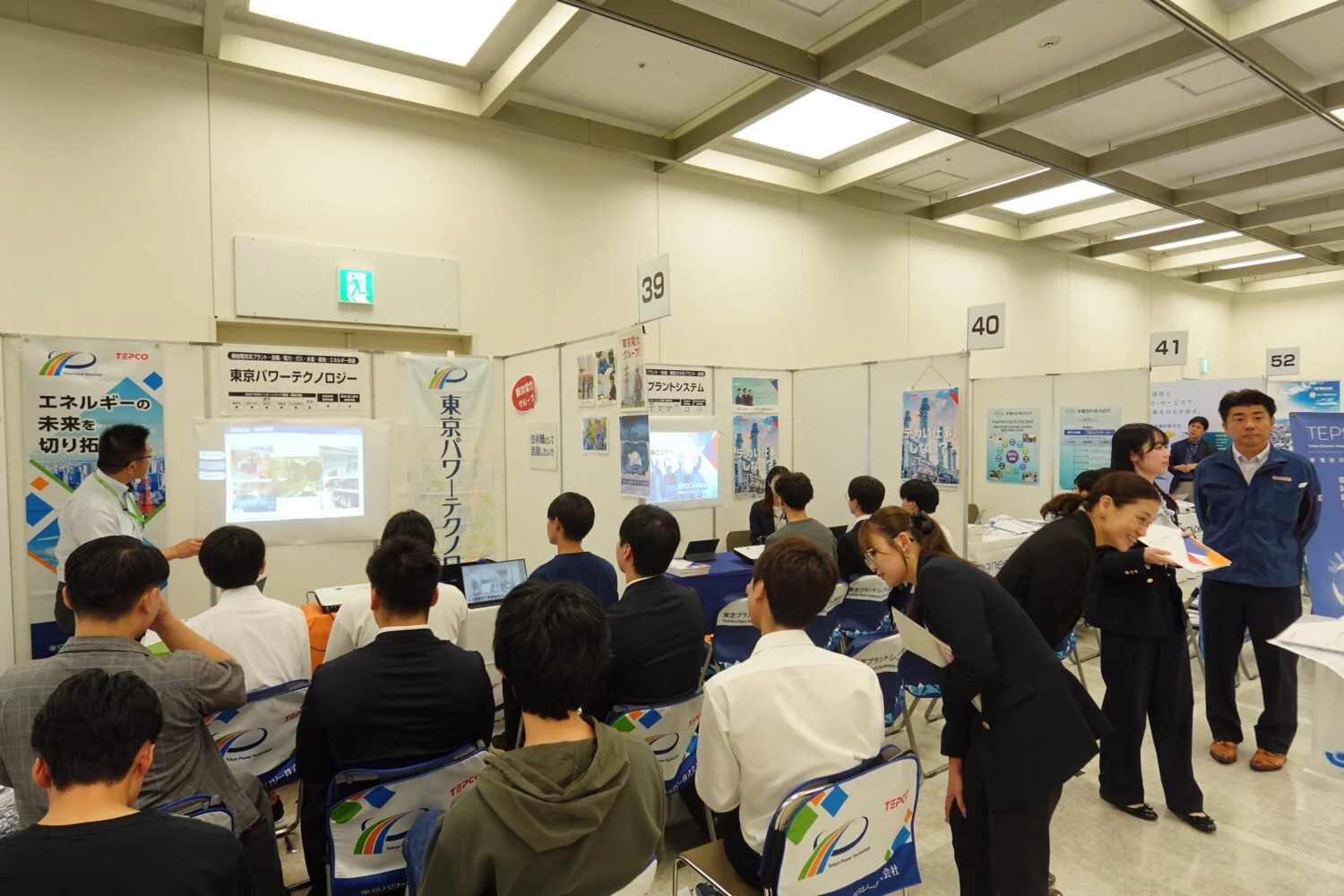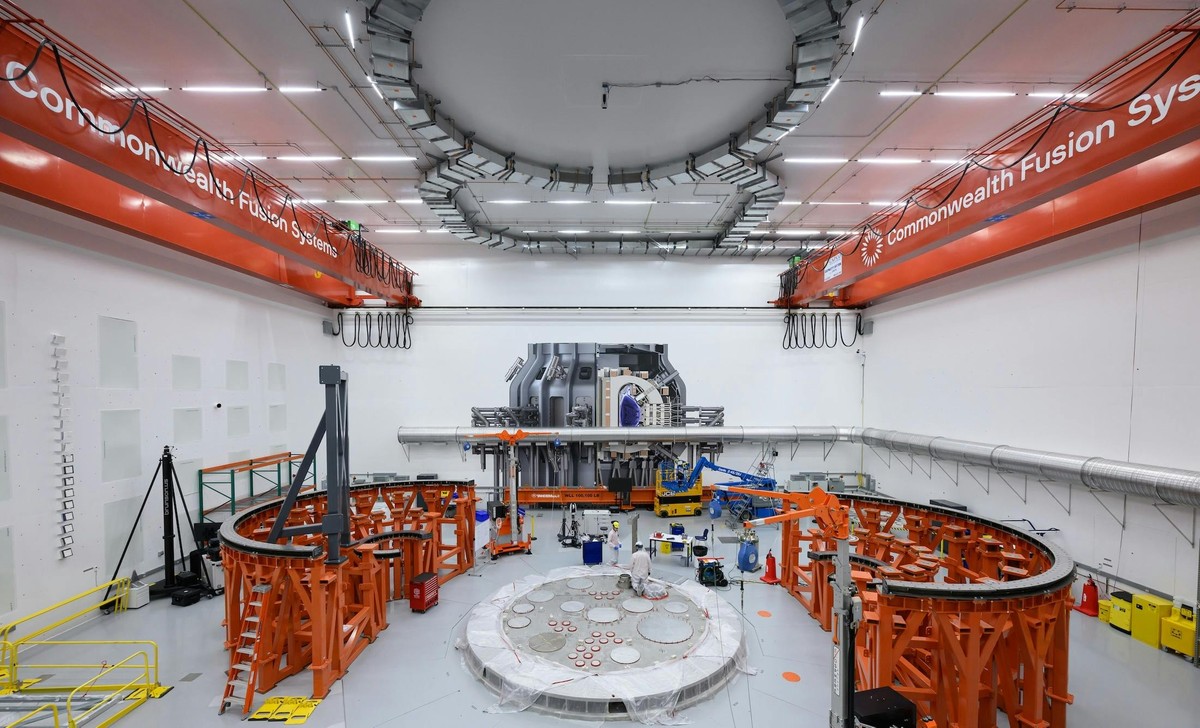Assistant Professor NAKAMURA Hidehito of Kyoto University’s Institute for Integrated Radiation and Nuclear Science held a press conference at the Ministry of Education, Culture, Sports, Science and Technology (MEXT) on October 2 to announce new developments in the “N Project.” The initiative is a dialogue-based learning program in which high school students communicate the excitement of science to elementary school children and their communities. It was formally announced that the project will now expand for the first time to public elementary schools—specifically, four schools, 50 classes, and a total of 1,704 pupils.
Reflecting on his 20 years of experience leading science workshops, Dr. Nakamura noted, “Until now, our activities have only reached children and families who were already enthusiastic about science.” He emphasized, however, that “science is not just an academic discipline—it is a universal language that enables dialogue among people.” He underscored the importance of approaching students in the academic middle group and those in the humanities, explaining that the new program was designed to reach those who might otherwise feel distanced from science.
The upcoming lessons will feature meteorology for lower grades and radiation for upper grades, conducted in small groups of four to five elementary students per high school instructor. Each 45-minute session will use hand-drawn sketchbooks and quizzes to encourage active participation and discussion.
Reaching Humanities Students Through New Themes
Dr. Nakamura explained that many high school students choose the humanities track not because they like classical Japanese or Chinese literature, but simply because they struggle with math. As a result, they often develop an inferiority complex toward science and lose motivation to learn it. “Even if we present physics or chemistry topics, humanities students tend to think, ‘I can’t beat the science students,’ or ‘This is not for me,’” he said. “That’s why we needed a theme where everyone—science or humanities—can start from the same line.”
One such theme was tritium contained in the ALPS treated water at Fukushima Daiichi. It is a topic that neither side knows in depth, allowing all participants to discuss on equal footing. Radiation is often associated with anxiety and prejudice, but learning it scientifically helps students understand that “it is not necessarily something to fear.” By addressing such a sensitive social topic, the program aims to:
-
Foster scientific literacy, and
-
Cultivate the ability to face socially sensitive issues with an open mind.
Educational Impact Beyond Traditional Classrooms
Principal HIRANO Kota of Osaka High School, whose nearly 2,000 students take part in the N Project, highlighted its transformative effect: “About 70% of the participants are humanities students. After the project, many of them start reading physics reference books or watching science-related videos on YouTube. The educational effect is completely different from ordinary classes.”
Dr. Nakamura emphasized that the goal is not to teach scientific knowledge to children:
“It’s about showing elementary school students what it means to be inspired by science. If they see cool high schoolers and think, ‘I want to be like them,’ that’s enough.”
He added that the project also provides high schoolers with an opportunity to develop career awareness by “switching roles” from learners to mentors.
A New Stage: Public Schools Join the Program
Specially Appointed Professor KAWABATA Yuji, also of Kyoto University’s Institute for Integrated Radiation and Nuclear Science, praised the project:
“Although the N Project is only in its third year, by providing multiple opportunities for students to express themselves, we’ve seen measurable improvements in their non-cognitive skills.”
He described the expansion into public schools—with the cooperation of Suita City—as a “completely new stage” for the program.
Initially, some schools expressed concern about using radiation as a theme, but after witnessing students’ presentations at the Osaka–Kansai Expo, many teachers shared the initiative on social media and became supportive. Parents have also responded positively, saying, “Our children have started talking about science and current news at home.”
Classes will begin on October 20, rolling out sequentially at Momoyamadai Elementary School, Tsukumodai Elementary School, Satakedai Elementary School, and Senri Takemi Elementary School. Future plans include a joint press conference with overseas authorities, suggesting that the N Project is now looking toward international collaboration.
Voices of the Students: “Excitement” and “Courage”
Two high school students from Osaka High School attended the press conference, sharing their experiences and aspirations.
SAMUKAWA Kotone (3rd year): “I Want to Share the Excitement of Science”
A humanities-track student, Samukawa decided to join the N Project after regretting having declined committee and student council roles during junior high school. “When I entered high school, I made up my mind to face everything positively,” she said.
Her main goal is to convey the excitement of science, not simply to “teach.” Explaining her biggest challenge, she said: “I can’t use kanji when talking to younger children. For example, I can explain to adults what an anemometer is, but to first graders, I have to draw careful pictures instead.”
Aspiring to work in the entertainment field, Samukawa said, “I want to become someone who can talk to all kinds of people. This project is a great chance to improve my communication skills.” To her peers, she offered a heartfelt message: “If you take on a challenge, you really can change. I want others to feel that too.”
YOKOTA Sakurako (3rd year): “Have the Courage to Step Forward”
Yokota said she had no clear goals before entering high school, but she learned about the N Project through her older sister. “I wasn’t good at science, but since they said it didn’t matter whether you’re in the humanities or sciences, I decided to give it a try,” she recalled.
As her opportunities to present increased, she noticed her communication and presentation skills improving. “Now I approach science classes differently—not just memorizing formulas for tests, but because I want to learn,” she said.
Regarding her upcoming interactions with elementary students, she added, “I want to show that by taking even one small step, your world can expand so much.”
Having no younger siblings herself, she also hopes to learn how to interact naturally with younger children.
To her fellow students, Yokota offered encouraging advice: “Don’t think something has nothing to do with you—just try it. Even if it doesn’t directly connect to your future career, it will connect to something else: presentation skills, communication skills, confidence. Knowledge isn’t the only thing that matters.”
Professor Kawabata concluded by praising both students:
“For ordinary high school students to stand here and speak in their own words is remarkable. The fact that students from the academic middle zone can think independently and speak under pressure is, in itself, a great achievement.”












